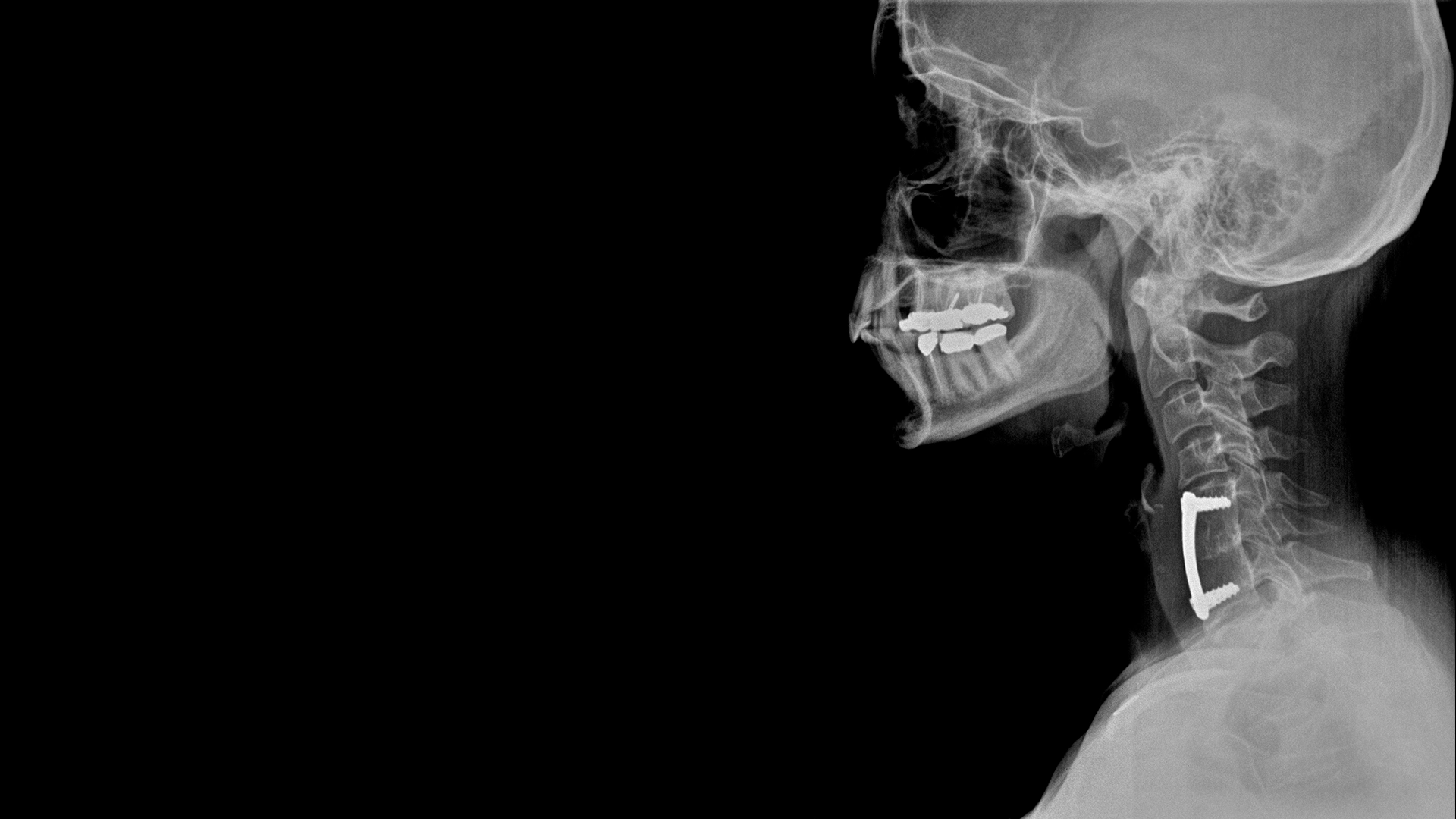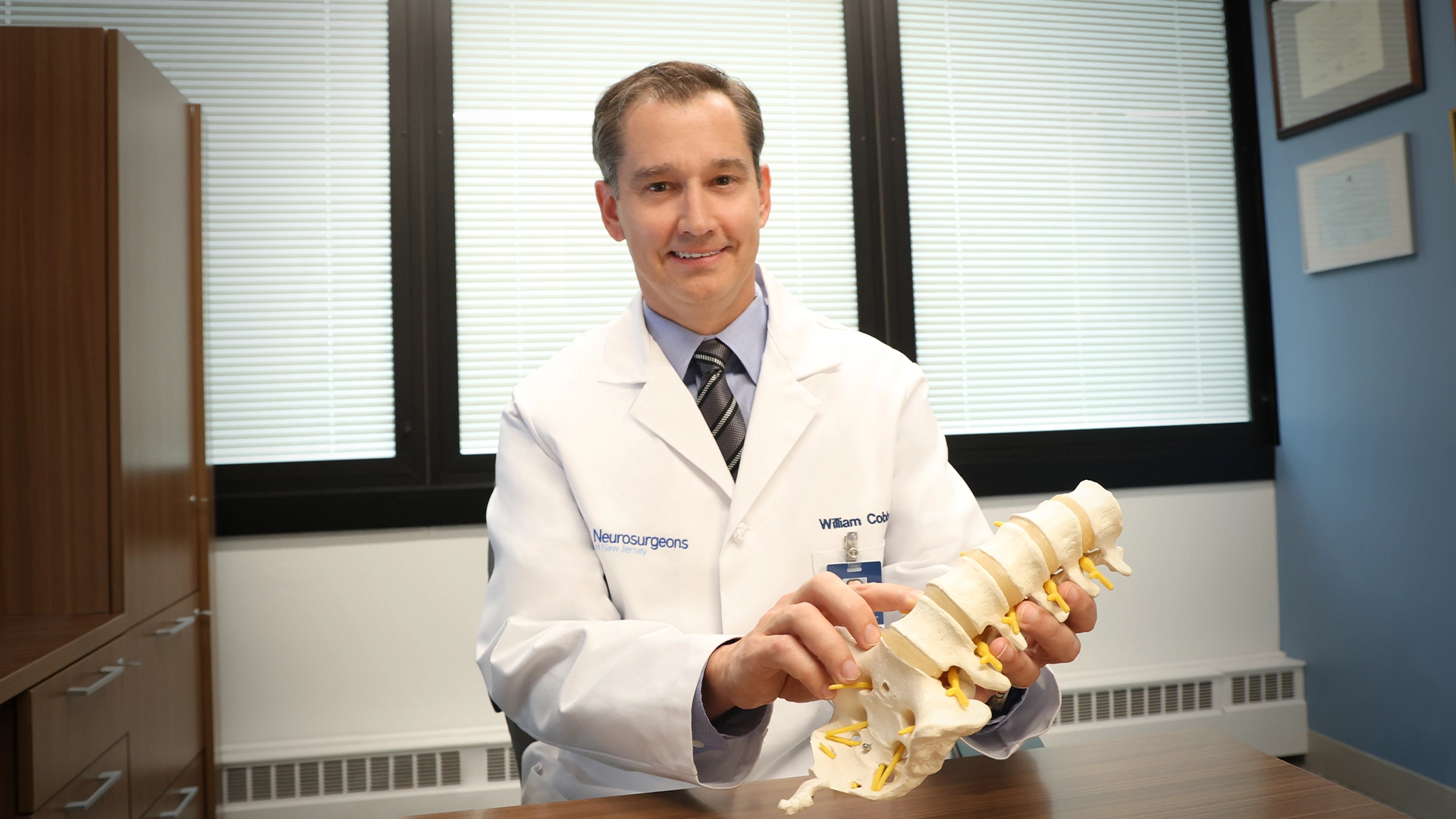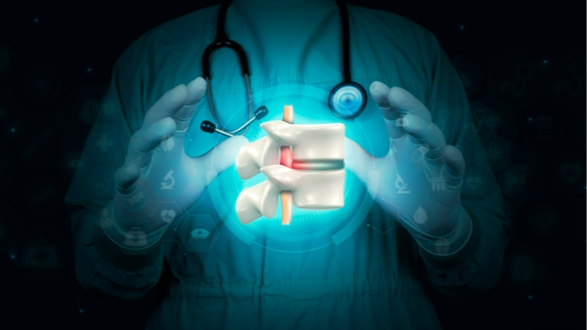
Spinal fusion is a type of surgery that can help with long-lasting back or neck pain and other spine problems such as numbness or tingling in your arms and hands. The goal is to make your spine more stable and reduce pain by permanently connecting two or more bones in your spine.

If you’ve been told you need spinal fusion surgery, it’s natural to feel both overwhelmed and unsure of what to do next. Spinal fusion, whether for the cervical or lumbar spine, is a significant surgical procedure, and getting a second opinion from an expert neurosurgeon could be one of the most important steps you take.

A slipped disc, also known as a herniated disk, occurs when one of the rubbery cushions (discs) between the individual bones (vertebrae) that stack up to make your spine becomes damaged. The condition can lead to pain, numbness, or weakness in an arm or leg. However, some people may experience no symptoms at all.

Posterior lumbar interbody fusion (PLIF) is a surgical procedure aimed at alleviating persistent back and leg pain caused by a variety of spinal conditions.

